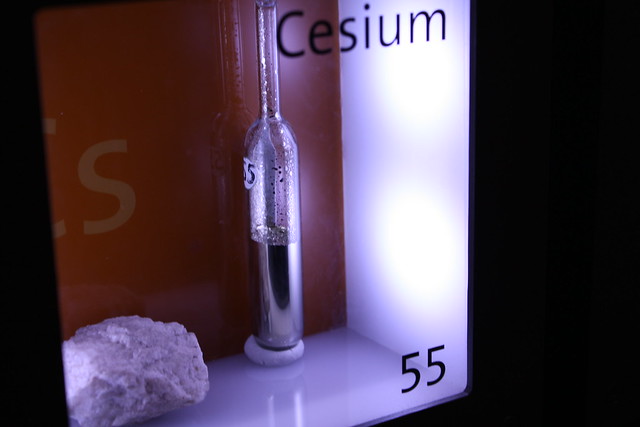Cesium is a rare metal with many applications, from atomic clocks to cancer therapy. Canada is the world’s largest producer of Cesium, with the majority of its production coming from the province of Manitoba. The country’s significant reserves and expertise in the industry make it a major player in the global cesium market.
Fact: Canada is also the largest producer of a rare element, Cesium.

- Cesium is primarily used in the electronics industry, where it is used to manufacture atomic clocks, GPS systems, and other precision devices. It is also used in oil drilling, mining operations, and medical applications such as cancer therapy.
- Canada’s cesium deposits are found in the Tanco Mine in the province of Manitoba. The mine is one of the few sources of commercial-grade Cesium worldwide and has operated for over 50 years. The Cesium is extracted from spodumene, a mineral that also contains lithium.
- The production of Cesium in Canada is highly regulated by the Canadian Nuclear Safety Commission, which oversees the safety and security of all nuclear facilities in the country. The industry also follows strict environmental regulations to minimize its impact on the environment and local communities.
Did you know about Cesium?
Cesium is a highly reactive, silvery-golden alkali metal with atomic number 55. It is one of Earth’s rarest and most valuable elements, with only about three parts per million in its crust. Cesium has many unique properties that make it valuable in various applications. For example, Cesium is highly conductive, making it useful in electronics. It is also highly reactive with water and can be used as a powerful catalyst in chemical reactions.
Cesium is also used in atomic clocks, which are some of the most accurate timekeeping devices in the world. Atomic clocks use the natural vibration frequency of cesium atoms to measure time, which is incredibly precise. The International System of Units (SI) defines the second as “the duration of 9,192,631,770 periods of the radiation corresponding to the transition between the two hyperfine levels of the ground state of the cesium-133 atom.” This makes cesium-133 the international standard for measuring time, and atomic clocks are used in various applications, from navigation systems to scientific research.
Conclusion
Canada’s cesium industry is a significant part of the country’s economy and has played an important role in the global electronics and medical industries. The industry’s commitment to safety and environmental responsibility, as well as its significant reserves and expertise, make it a reliable and trusted supplier of Cesium to the world.
Sources:
- Natural Resources Canada
- Canadian Nuclear Safety Commission
- Geology for Investors